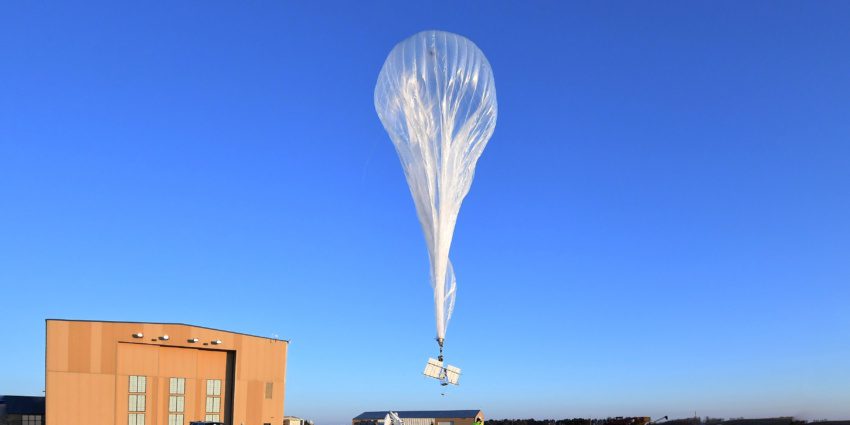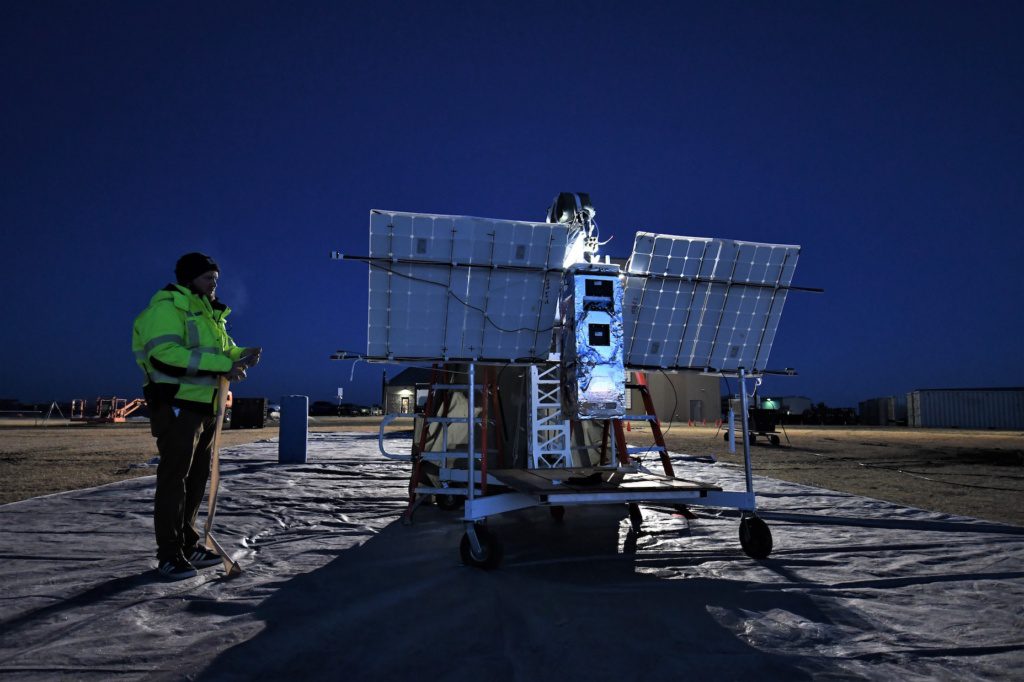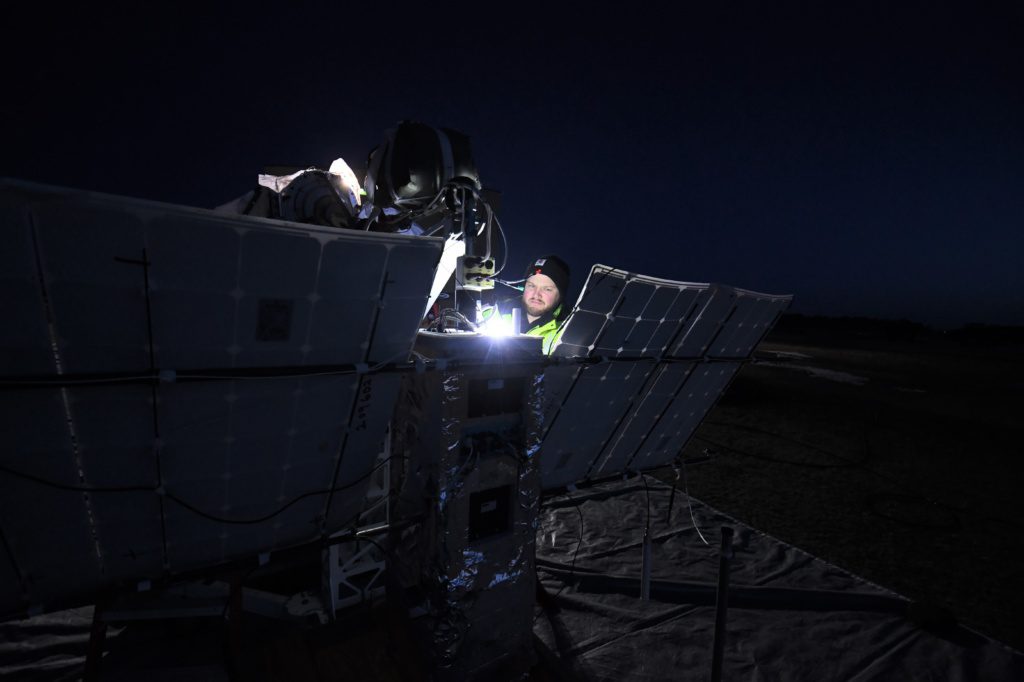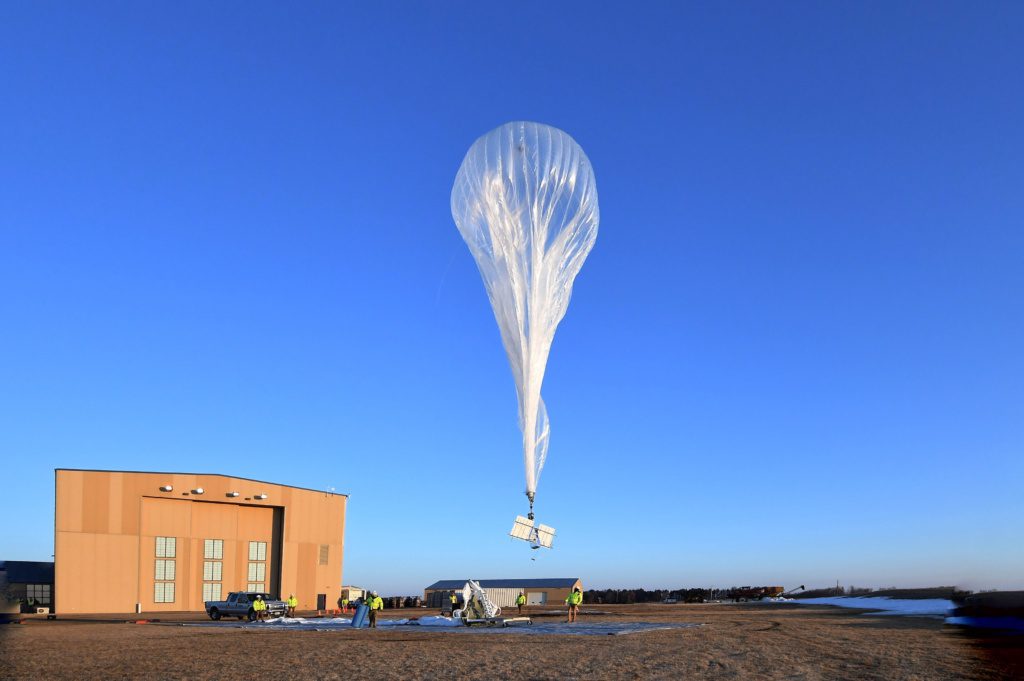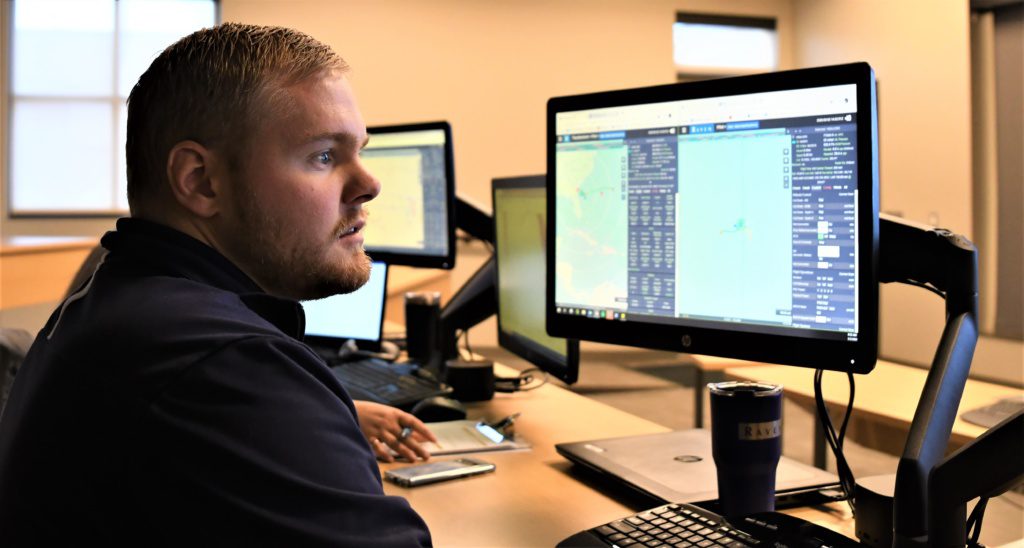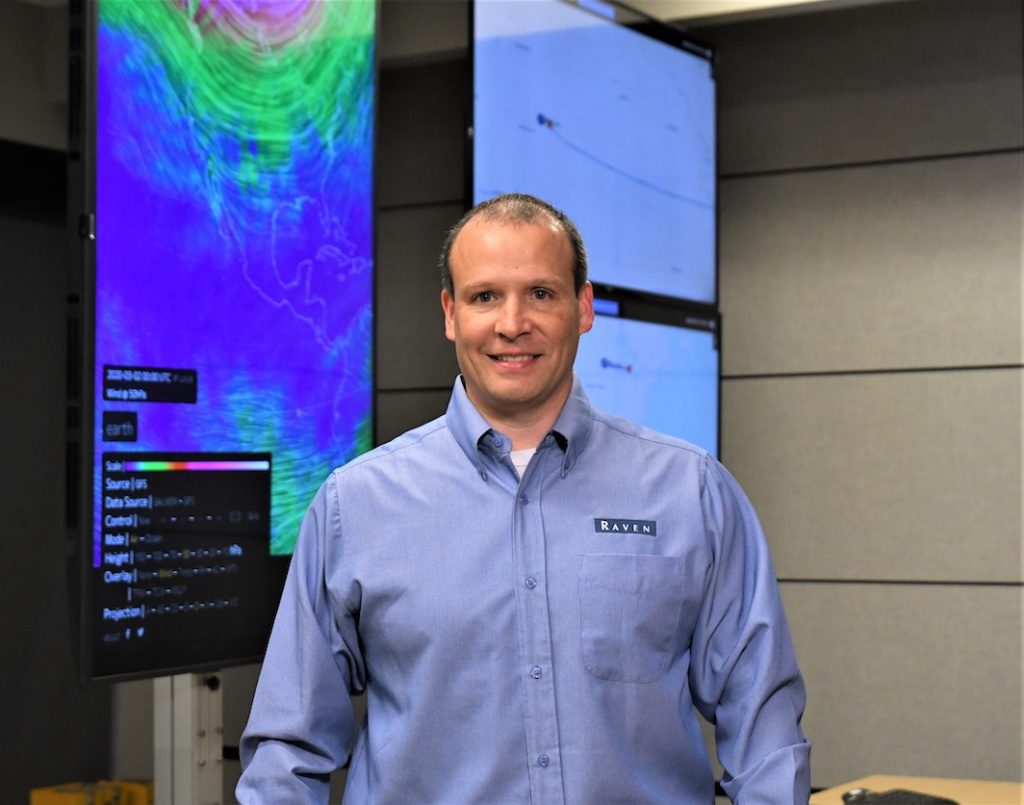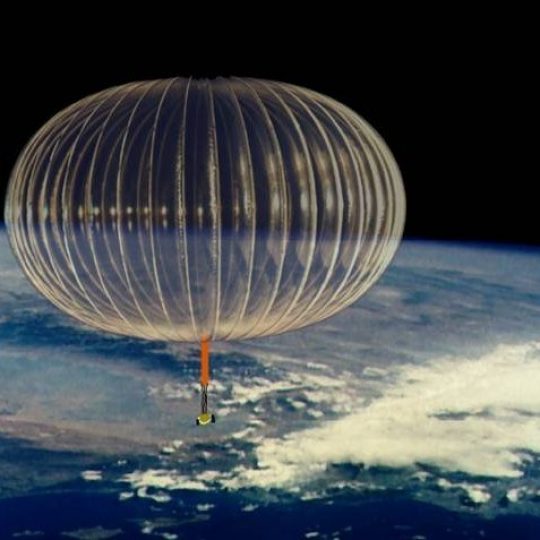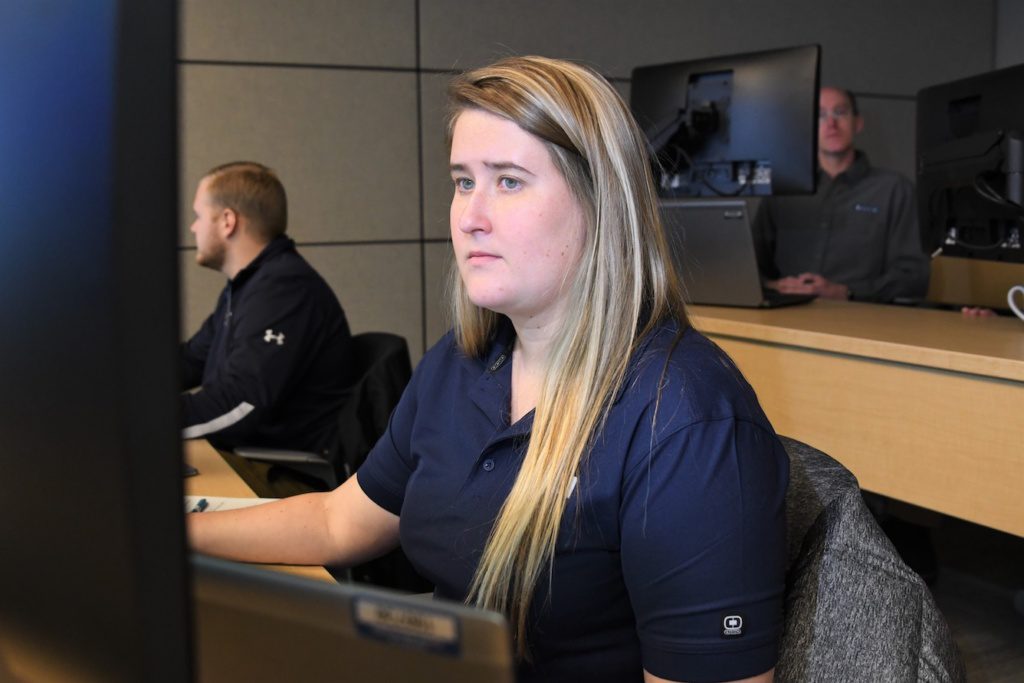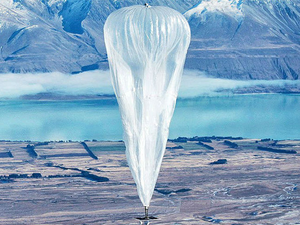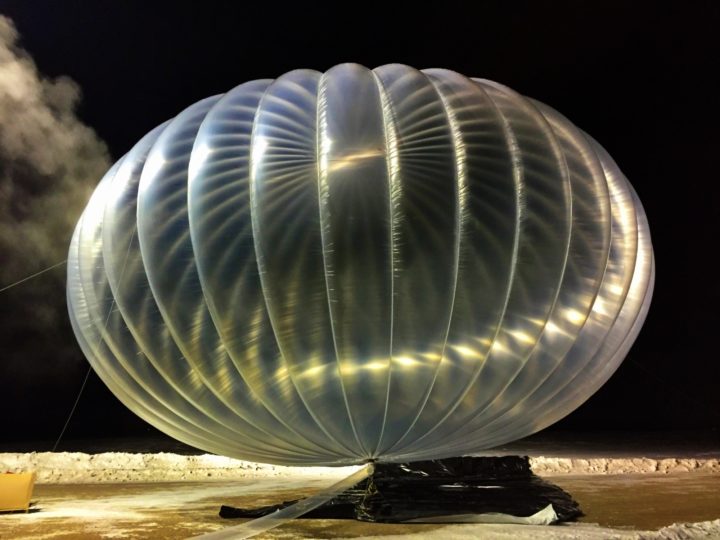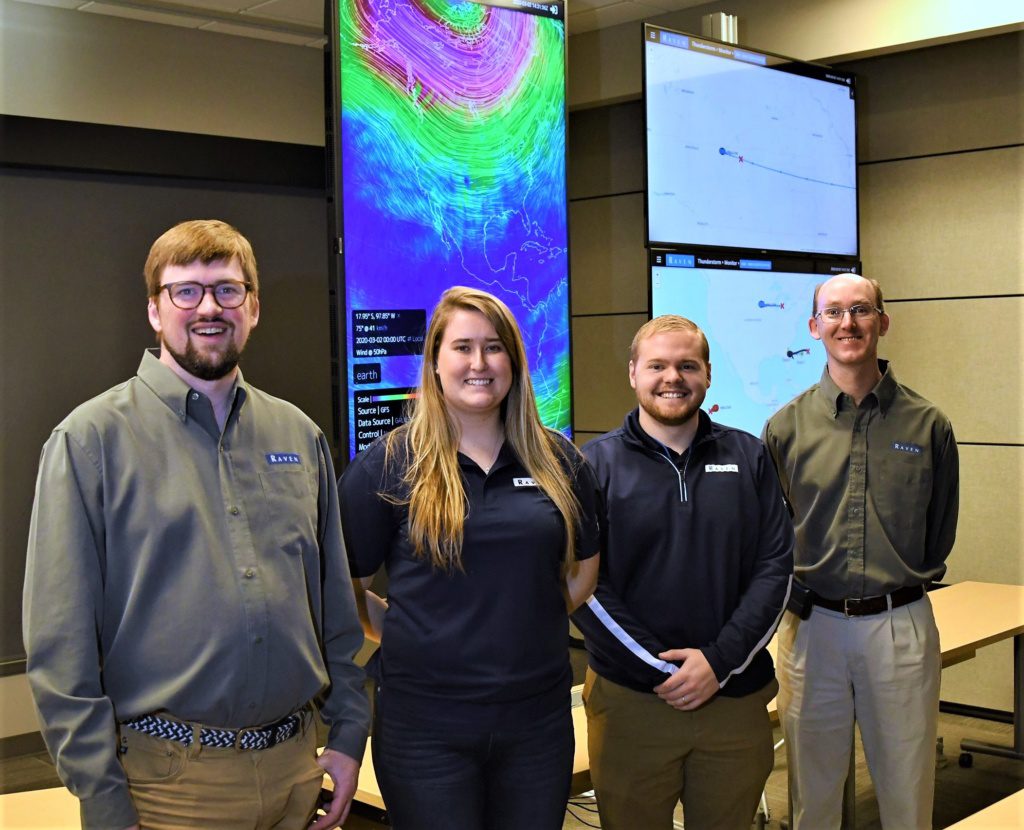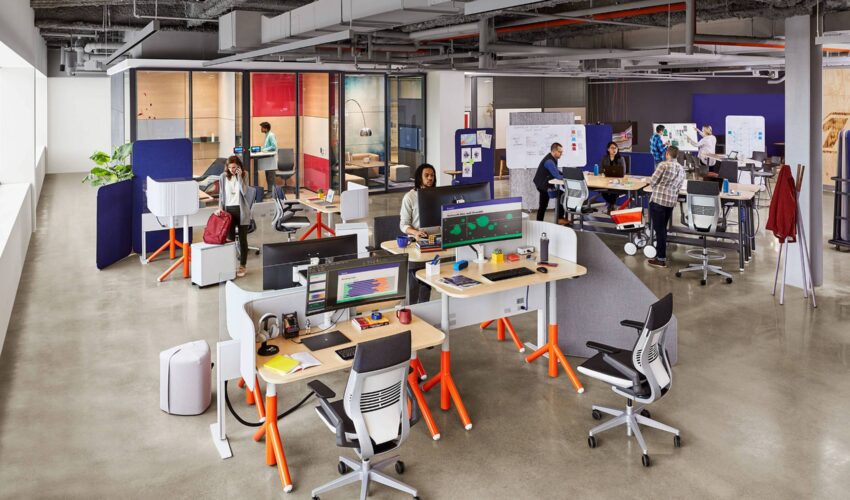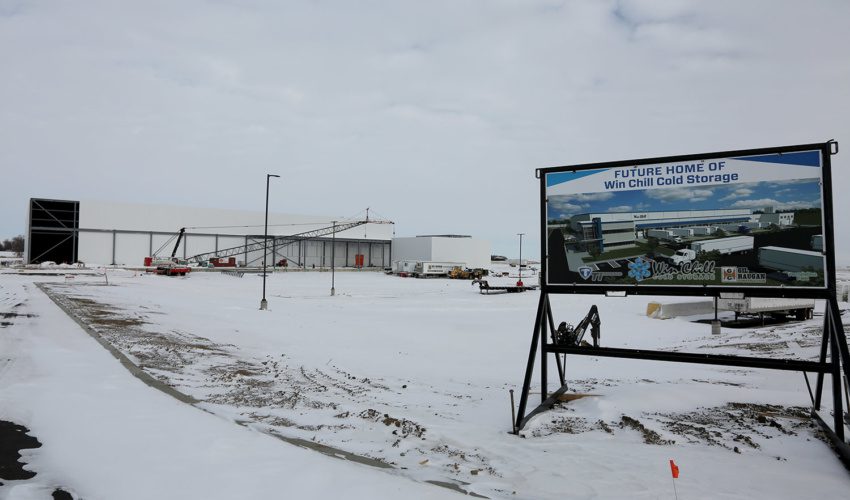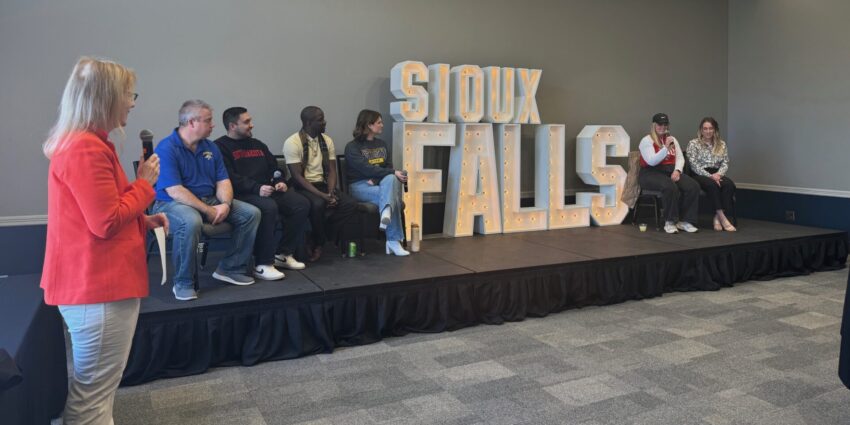Inside a launch: Raven Aerostar gives behind-the-scenes look at evolving division
March 2, 2020
The day – the week – started at 4:30 a.m. as Kevin Wolfe pulled into work.
In this case, his office is a launch pad just north of Sioux Falls. And Wolfe, the flight operations manager for Raven Aerostar, a division of Raven Industries, is in preparation mode.
There are tarps laid out, equipment checked. A balloon that eventually will become 65 feet wide is beginning to inflate.
A team of flight engineers is analyzing information being gathered by equipment and doing calculations so the launch team knows how much helium needs to go in this particular system.
There’s coordination with the FAA to advise other aircraft in the area that a super pressure balloon is about to lift off toward the stratosphere.
“Everything has passed the checks, and it’s focused on executing the launch,” Wolfe said.
That happens in a matter of seconds.
The balloon – designed and manufactured by Raven – drifts toward the stratosphere, where it will reach 62,000 feet.
“Then really it’s a handoff from the launch team to the command center, and they will monitor the balloon health and navigate it,” Wolfe said. The plan is to recover it in southern Minnesota or Wisconsin later the same day.
On this day, the 24-hour operation is monitoring three Raven test balloons: the one just launched from the Innovation Center in Baltic, one launched recently from New Mexico that will float over the Pacific Ocean and a third hovering over the Atlantic.
“It literally looks like a mission control room you’d see at NASA,” said Scott Wickersham, division vice president who oversees Raven Aerostar.
He has held the role for going on five years, after coming to Raven in 2010 as director of product development and engineering manager.
In that decade, the division has experienced considerable evolution.
While Raven has more than 60 years of what it calls “lighter than air innovation and expertise,” its focus has been honed in recent years.
“We’ve really come full circle,” Wickersham said. “In the early stages of Raven, there was a lot more with flight systems, but the aerospace and balloon market went through a trough for a few decades. It was a few science projects here and there. And now, with the advances we have made, we have created a new market for stratospheric platforms with our ability to navigate them.”
Just as parent company Raven Industries has evolved into more of a tech company than a manufacturer, Raven Aerostar has matured into a full-service aerospace and defense company.
“We’ve been going through that transition a long time, 10 years, and a lot of people don’t get a chance to see what we mean,” Wickersham said. “They just see a balloon go up.”
Before and during the launch, though, is a complex infrastructure of humans, technology and equipment. There are about 20 people on site for the event itself, but “there are tens of thousands of hours put into development of the technology and capability in order to do this,” Wickersham said.
It’s now common for Raven Aerostar to hold multiple launches like the one Monday morning every week.
Some are in the Sioux Falls area, “and if you pick a place, there’s a good chance we’ve been to the area to launch a balloon,” Wickersham said. “We go where the customers need us to be.”
The “customers” largely are governmental. Raven Aerostar’s stratospheric platforms are used for a variety of applications, from situational awareness to communication, defense and security, scientific research and data management.
And while the balloon launched Monday can hold up to 125 pounds, other Raven balloons can reach 1,000 times the diameter – literally large enough to hold an entire NFL stadium and up to 8,000 pounds.
The balloons have been to every continent, operating on the edge of space – where they can look down at 99 percent of the Earth’s atmosphere. They fill the gap between satellites and aircraft. And they’re now engineered to the point where, drawing on machine learning and algorithms, they often can fly themselves and find their own ideal path to their destination with minimal human interaction after the launch.
The ability to navigate the stratosphere was an intentional focus for Raven, Wickersham said.
“We decided to put a focus and emphasis on systems that can do that, and there was no market for it,” he said. “There wasn’t one person saying, ‘I want to buy a system that can navigate.’ And we continued to develop our flight and ground systems and platforms to have that total solution capability, and we are seeing tremendous interest in it now.”
Thanks to its fully integrated approach, “we’re the best in the world at making stratospheric balloons and integrating the missions and the payload – getting the data and gathering the data and getting it back to the end user,” Wickersham said.
“It’s an emerging market and really a market we created. We want to be a one-stop shop where we’re providing the full solution for the mission.”
About 240 people work in the division in roles ranging from most of the disciplines of engineering – aerospace and systems, mechanical, electrical and software. Flight operations roles take employees worldwide launching and recovering balloons, including on boats.
“I really don’t know if many people have the perspective of that we have people sitting down writing algorithms to understand the weather off some remote part of the world to determine the navigation profile for a balloon,” Wickersham said.
“These are high-end science and engineering people doing NASA-like technology development.”
Many of them are native South Dakotans. Some have worked in larger cities on the coasts, where the aerospace industry is concentrated, and come home for opportunities at Raven. Others grew up in regional states and relocated to South Dakota.
“I am impressed with them every day,” Wickersham said. “You should see some of the people I work with. They blow my doors off. They are so deep and talented.”
South Dakota has an opportunity to strengthen its presence in the industry, he added.
“If you want to be in aerospace and defense, we think there’s a real potential in South Dakota. We’ve got EROS, we’ve got Raven Aerostar, we’ve got Ellsworth (Air Force Base), and there are synergies that exist, and we believe … those synergies work together and create greater momentum, and we know others in the state are interesting in seeing that momentum brew. From our perspective, where are you going to go if you have an interest in aerospace and defense? Raven happens to be one, and we think we’re a big one with some of the most exciting stuff going on.”
Raven’s relationship with Google parent company Alphabet Inc. also continues to mature. Beginning in 2013, Raven started producing super pressure balloons designed to bring wireless connectivity to remote parts of the world. The benefits include furthering education and medical care and enriching agriculture.
Much of what Raven is able to discuss about the relationship is limited to information shared publicly by Alphabet, but there have been recent developments.
Project Loon “graduated” from Google X status in 2018 – essentially the company’s version of an incubator where it tests various concepts.
The second half of 2019 brought reports that Project Loon is beginning its first commercial trial in Kenya, bringing 4G service to remote communities in the African nation.
In November 2019, Google confirmed plans to deploy balloons in rural Peru.
They also were deployed to Puerto Rico in 2017 to provide emergency service following Hurricane Maria.
“We think the world of Loon,” Wickersham said. “Things are going excellent between us and them.”
The project has reached 1 million hours in flight, with balloons traveling more than 30 million miles.
But while it’s a headline-grabbing client that provides diversification for Raven, it’s not the main driver of the division’s business.
That’s reserved for government-related customers, from NASA to the Air Force, largely domestic but occasionally international.
There literally are hundreds of applications for the technology, Wickersham said.
“There are still challenges with everybody being able to communicate with each other when they need to,” he offered by way of an example.
For instance, if two people need to communicate but a barrier such as a mountain exists, “we can put a balloon over it and relays,” he said. “There’s a stream of data going up, it hits the balloon, the balloon collects the data and then transmits to where it’s received.”
There are applications in search and rescue, and in studying climate change, he added.
“We build and deliver and fly those (research balloons) every year,” he said. “Some of those payloads are enormous. It can be related to climate change, doing studies on neutrinos, all sorts of things. There’s a lot of high-end, very deep research projects looking out into space and down at our planet. Those are applications we’re heavily engaged with.”
At times, the government will contract with Raven just for engineering-related technical services because of the expertise of its staff, Wickersham said.
With “all this great talent, sometimes the government needs some of those people to help solve challenges,” he said.
Raven also has an office in Crystal City, Va., near the Pentagon, “and they are every day working with defense customers tying the work here with the needs of the Department of Defense.”
Back in Baltic, engineers are watching balloons floating as planned, testing everything from communications to duration in flight. These are sought-after jobs, Wickersham said.
“We’ve had a lot of really good success in recruiting people, which is unique in our world,” he said. “People are struggling to find strong talent, but we’re doing well with it.”
And while they’re watching test missions today, the division’s broader mission for its technology is a profound one, he added.
“It literally connects, protects and saves lives.”

